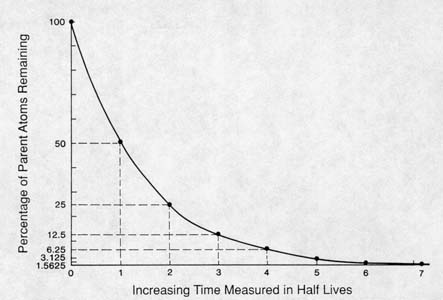Keynote address by Dr Andrzej Leder, Polish philosopher and essayist, at the Interpret Europe conference in Krakow, Poland, 7th June 2015 [1].
Consider the following: an Israeli husband and wife, aged 57 and 60, are arrested at Balice Airport, Krakow, accused of removing objects (spoons and other small domestic items) from Auschwitz and attempting to take them out of the country. The maximum penalty for such a crime under Polish law is 10 years’ imprisonment.
A spokesperson for the Auschwitz-Birkenau Museum considers this a “crime of a special dimension” – such objects are the only things that remain of the 1 million plus people who faced annihilation at the death camp. Removal of these remnants represents a further annihilation.
The couple plead guilty and are fined. They apologise and return home. Once back in Israel, however, the couple are less repentant. While they regret any hurt their actions may have caused Holocaust survivors, they maintain that they did not really ‘steal’ anything. The objects concerned had been recently unearthed by weather, sitting in the ground. Their motivation for removing the objects was to ‘save’ them by turning them over to the custodianship of the Yad Vashem Museum in Israel.
The couple and the Museum spokesperson thus have competing moral frameworks, or “social imaginaries” to use Leder’s term. They may well know and understand each other’s perspectives on an intellectual level, but they choose to ignore or otherwise fail to acknowledge the aspects that challenge their own moral framework.
The couple would have known that Auschwitz-Birkenau is a museum site, and you can’t just take objects from museums whenever you please. However, many Holocaust survivors do not recognise Auschwitz’s legitimacy as a trustee of Holocaust memory. They consider the only true trustee with the moral authority to act in this role to be Yad Vashem.
Similarly, the Museum would have known that the couple, being Israelis of late middle age, would very likely have had direct connections to Holocaust survivors and that their intent was preservation, not destruction. Nonetheless, how can Auschwitz be properly managed and maintained if every visitor with a link to a Holocaust survivor is entitled to treat the place as their own property?
In its response to the incident, the Museum management emphasised the significance of Auschwitz as a grave site, for which they are ultimately responsible. In Polish tradition, the guardian of a grave has a right to speak for the dead. Delegitimising the right of Poles to take this guardianship role is seen as the first step down the road as casting the Polish people as bystanders, complicit in the Holocaust.
In post-war Europe, there were many competing different narratives and social imaginaries at play. There are the perpetrators and victims, those who were complicit (Vichy France and Quisling Norway for instance), and many questions about whether others did enough to stop or prevent what happened. With the lowering of the Iron Curtain, there are further narratives in the West that served to cast Eastern Europeans as the ‘bad guys’.
All of these different social imaginaries create Us and Them moral frameworks. Such comfortable certainties deny ambiguities, and ‘we’ (whoever ‘we’ are) are always the ‘good guys’ in our own moral frameworks. Such positions undermine empathy. We cannot accept what the Other says, even if we understand it on an intellectual level, because to do so would undermine the social imaginaries/moral frameworks of our world.
Resolving this requires what Leder calls a “Kantian imperative of empathy”. This means being ready to face inner tension between your own moral position and that of another. It also means being willing to look at yourself through the eyes of the other – and endure that gaze. Knowledge alone is not enough.
[1] The official session title was Imperative of Empathy – the Kantian pre-condition for any kind of European future. This summary has been hastily pulled together based on my notes taken during the session and without benefit of having a copy of Dr Leder’s slides (I’ll post a link to them if they become available). Any errors or misrepresentations are mine.








